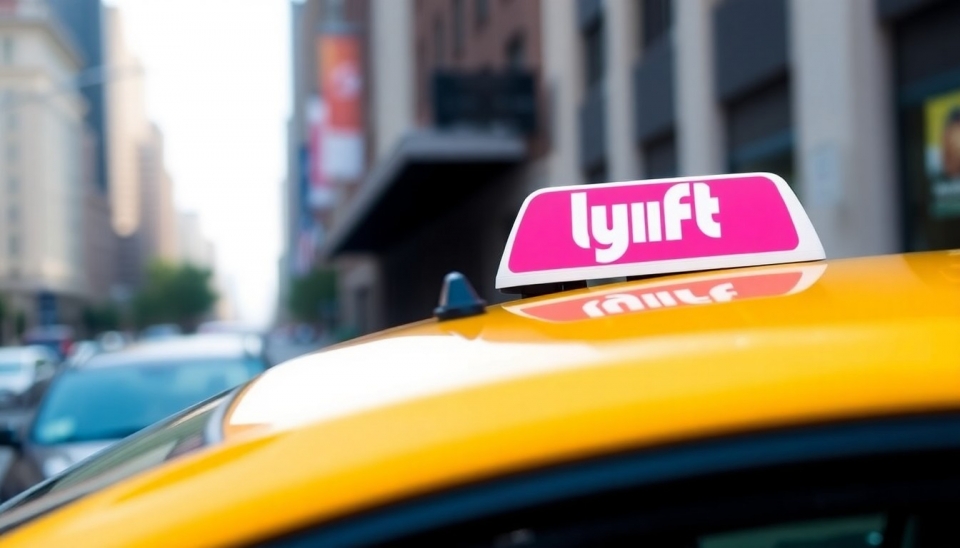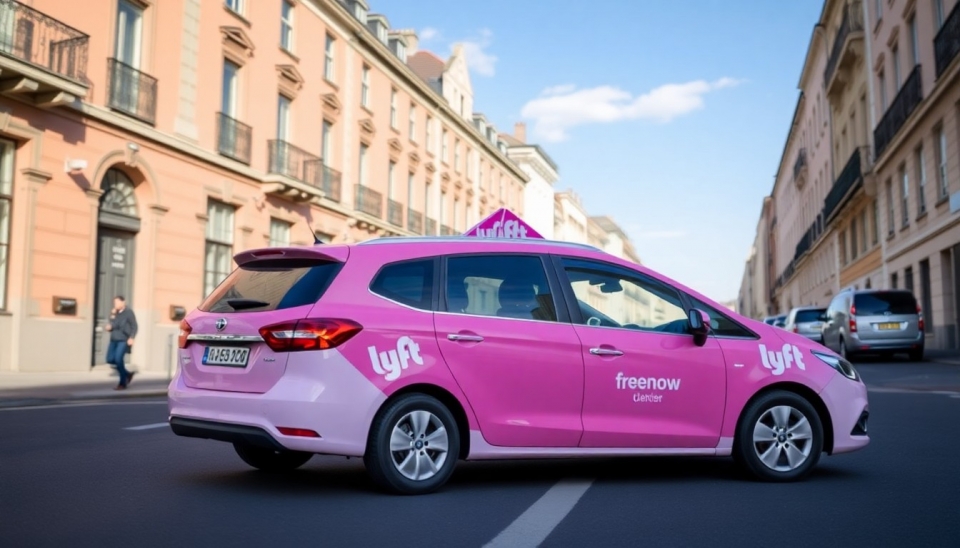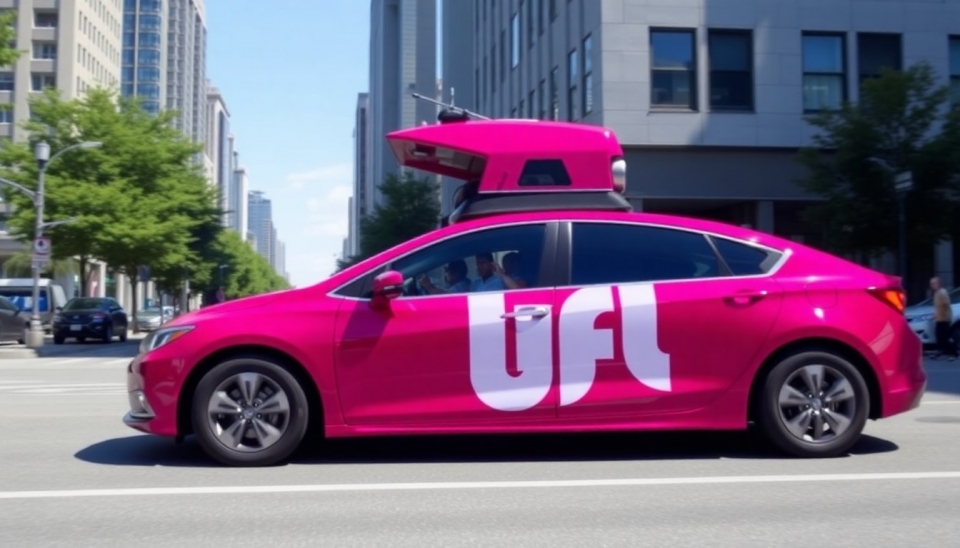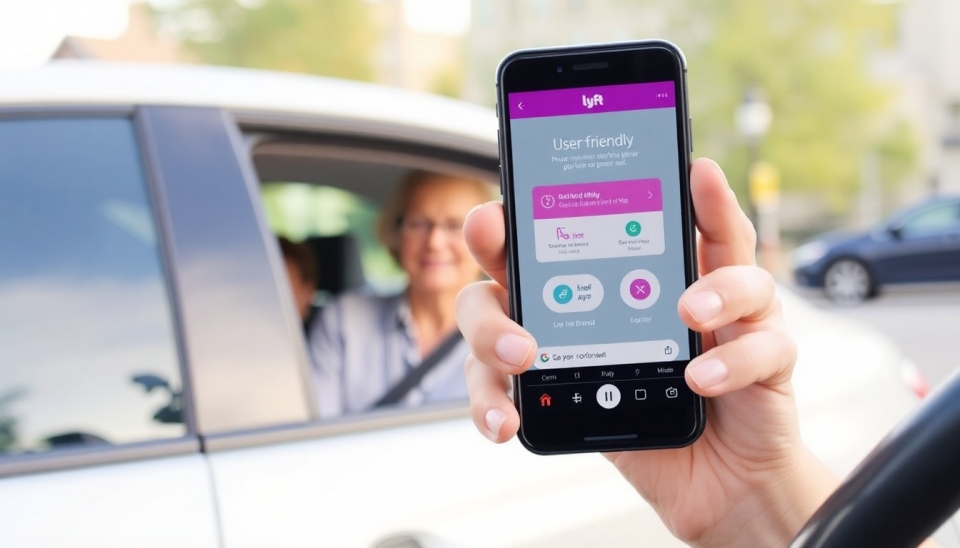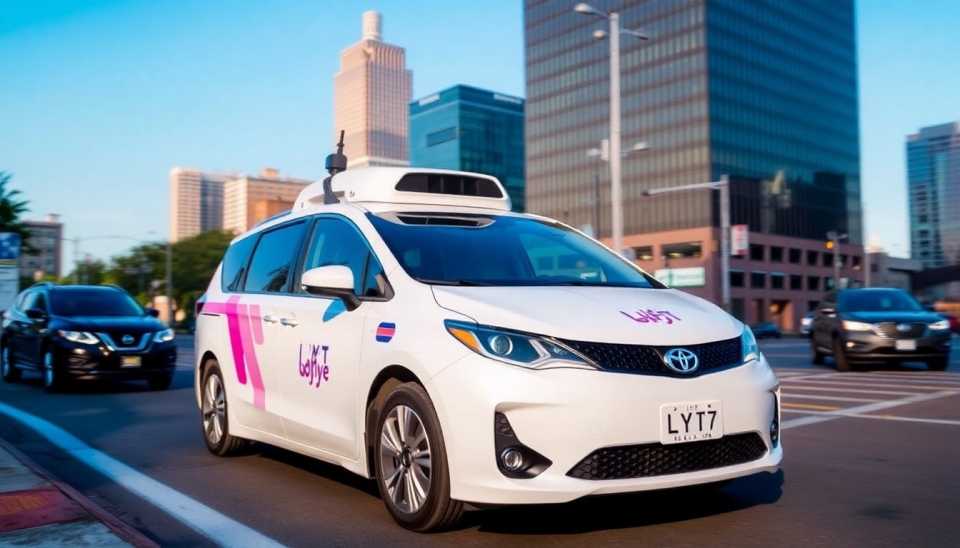
In a bold move towards revolutionizing urban transport, Lyft has announced plans to launch its fleet of robotaxis in Dallas, Texas, with an expected roll-out by the year 2026. This initiative comes as a collaboration with Mobileye, a company renowned for its advanced autonomous vehicle technology. The partnership aims to reshape the way residents commute, solidifying Lyft's position at the forefront of the autonomous vehicle sector.
Lyft, a leading player in the ride-hailing industry, has long sought to innovate its services and expand its technological capabilities. As the demand for more sustainable and efficient public transportation grows, the integration of autonomous vehicles (AVs) appears to be a strategic response to the evolving needs of urban centers. The introduction of robotaxis in Dallas marks a significant expansion of Lyft’s commitment to modern transportation solutions.
The move is expected to benefit not only Lyft but also the city of Dallas, enhancing local infrastructure and providing residents with a convenient and eco-friendly alternative to traditional vehicle ownership. As the population continues to rise, the demand for efficient transportation systems to alleviate traffic congestion and reduce emissions becomes increasingly critical.
Mobileye, the partner company for this initiative, brings a wealth of experience in the field of autonomous driving technology. Their sophisticated systems, based on advanced artificial intelligence and computer vision, are designed to provide a safe and reliable self-driving experience. With a rich history in developing driver-assistance systems, Mobileye is poised to ensure Lyft's robotaxi fleet operates seamlessly in urban environments.
As part of their rollout plan, Lyft and Mobileye will work closely with local authorities in Dallas to navigate regulatory requirements and ensure the smooth integration of these autonomous vehicles into the city’s existing transport frameworks. This collaboration signifies a broader trend towards the acceptance and implementation of AVs across major cities in the US.
The pilot program in Dallas is anticipated to set a precedent for future initiatives as Lyft assesses the effectiveness and reliability of its robotaxis. Success in this market could lead to further expansions into other metropolitan areas, where similar needs for innovative transport solutions exist. The implications of such expansions could redefine public transportation dynamics, potentially leading to a decrease in reliance on personal vehicles and a shift towards shared mobility.
In light of this announcement, Lyft has also hinted at potential partnerships with various technology and automotive firms to optimize their robotaxi service further. This willingness to collaborate reflects a holistic approach to tackling the multifaceted challenges of urban mobility.
In conclusion, Lyft's anticipated launch of Mobileye robotaxis in Dallas by 2026 underscores a significant shift in the transportation landscape, promising to deliver a blend of technological advancement and sustainability in urban travel. As the company prepares to roll out its fleet, the implications for the future of transport in cities are profound, raising both excitement and curiosity about the possibilities of self-driving technology.
#Lyft #Mobileye #Robotaxis #Dallas #AutonomousVehicles #UrbanTransport #Innovation #Sustainability #TechNews
Author: Emily Collins
